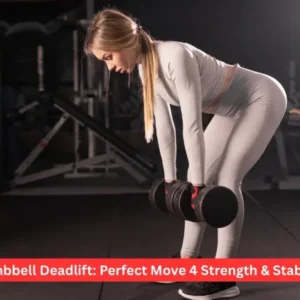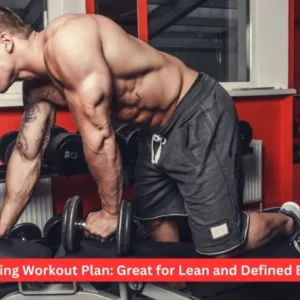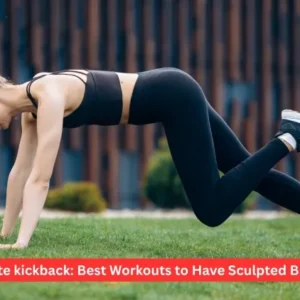A well-built fit chest is among the largest confidence boosters when it comes to fitness. Besides making you look more athletic, the best chest workout also enhances your pushing strength, posture and stability of your shoulders. Training to be effective will be able to fasten your progress and eliminate plateaus that occur regardless of whether you are using bodyweight, heavy weights or both.
The Reason You Should Train Your Chest.
The chest muscles, primarily the pectoralis major and minor, are the muscles of pressing and the stabilisation of the upper body.
Training them correctly:
- Improves the strength of pushing heavier weights.
- Enhances sporting performance and posture.
- Gives it a wider, more powerful look.
- Stabilises your upper body to avoid injuries.
A good training of the chest exercises indirectly trains the shoulders, arms, and even the core; therefore, it is a foundation of the majority of training programs.
Essentials of the Optimal Chest Workout.
- Hit Different Angels: Flat, incline, and decline poses: Train all of your parts of the chest with such poses.
- Progressive Overload: The progressive overload involves adding weight, reps or sets each time to stimulate growth.
- Volume and Frequency: Most individuals train best chest once or twice a week. The three times a week training can be effective in training advanced lifters, but overtraining beginner lifters.
- First, Second to weight: Right form. Here engages more muscle and prevents joint pains.
- Balanced Training: This is a combination of pushing and pulling, as well as core work, to achieve total symmetry.
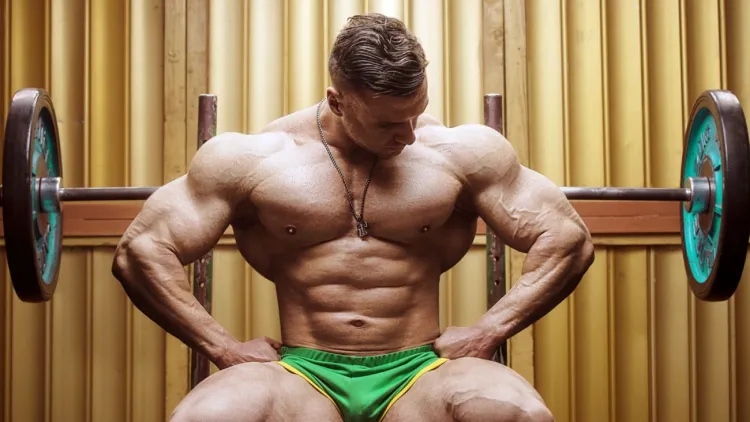
The Best Chest Workout Exercises
1. Barbell Bench Press
Barbell bench press is the standard for developing the chest. It activates as many muscle fibres as possible and allows one to pull the heaviest weight.
- Getting into position here lie on a flat bench, hold the bar, which should be slightly bigger than your shoulders, and then slowly pull it down to your chest, and then push up, as well as squeeze your pecs.
- Middle weight can be used, and it should be progressed slowly to prevent training on the shoulders.
This type of heavy pressing is among the quickest methods of putting on weight and power to your chest.
2. Dumbbell Bench Press
A dumbbell bench press will enable you to stretch more and have natural arm motion, and this will enable you to develop equal strength on both sides.
- Bring dumbbells down with 45 45-degree elbow position.
- Press to the greatest extent with tandem.
- This action also helps in stabilising muscles in your shoulders and arms.
3. Incline Dumbbell (Barbell or Dumbbell) Bench Press.
To have a larger chest, you should pay more attention to your upper pecs. The bench press incline aims at the clavicle fibres of the pectoralis major.
- Turn the bench 30-45 degrees so that the shoulder is not overstrained.
- Slowly press and concentrate on pushing the weight up at the top to add squeeze.
- The exercise is needed in case you are attempting to shape a proportionate chest.
4. Push-Ups
The most traditional gravity-fatigue method of pectoral-chest development is the push-up, which needs no equipment. They also gain stability in the core and strength in the shoulders.
- Make your body straight and bend it down until the chest nearly lies on the floor.
- To progress, elevate feet, include a weighted vest or resistance bands.
When combined with progressive overload, even 50 or 100 push-ups per day may lead to endurance and a larger size of chest.
5. Chest Flies (Cable or Dumbbell)
Flyes are the best exercise to offer great length and full contraction. They are perfect for creating and outlining your chest following the hard pressing exercises.
- Bend your elbows slightly to protect your joints.
- Pull the weights or cables in towards the top and slightly over to make the most of your pecs.
The multi angles of the fly rod (flat, incline and standing cables) strike more fully on your chest fibres.
6. Dips (Chest-Focused)
Dips are not given so much attention, yet they are very useful in the lower chest and triceps.
- Bend your torso a little in advance, in flare and down till 90 degrees with the elbows.
- Give a push-up, and maintain tension on your chest.
- Owing to the application of chest and triceps with dips, they are an efficient method of putting on the upper-body mass, which consumes less time.
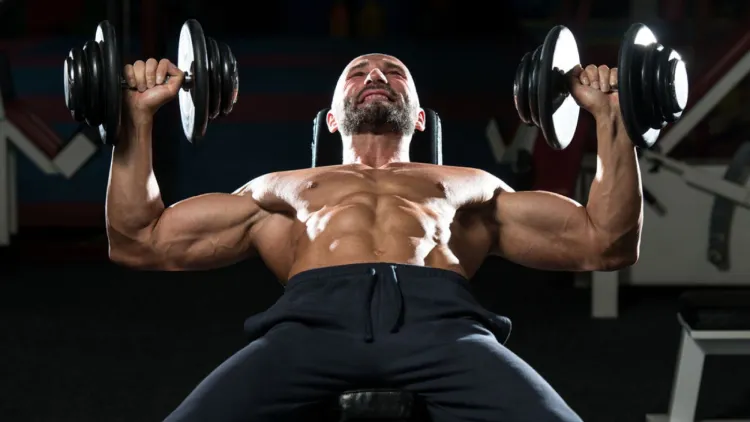
Sample Best Chest Workout Routine
| Exercise | Sets | Reps | Rest |
| Barbell Bench Press | 4 | 6–10 | 90 sec |
| Incline Dumbbell Press | 3 | 8–12 | 60–75 sec |
| Cable or Dumbbell Flys | 3 | 10–15 | 60 sec |
| Dips (Chest-Focused) | 3 | 8–12 | 60 sec |
| Push-Ups (Weighted or Bodyweight) | 2–3 | To failure | 45 sec |
The majority of individuals respond to this routine by training their chest once or twice a week and achieve the best results. The advanced athletes may only do the increase with care, yet too many days of training that is in the chest can cover up the shoulder, causing pain and staying at a standstill.
Maximising the growth of the body using the best chest workout.
- Be Patient: It does not mean that a chest will expand in a week, but progress can be achieved within 8-12 weeks of constant training.
- Protein; This should be the primary priority: at least 1.6- 2g protein each kil kilogram of body weight every day. Most of these high intakes are safe (such as 200 g) for the majority of healthy adults, but unnecessary when you are lighter.
- Creatine Helps: Creatine monohydrate is established to help in improving strength and recovery, which in turn helps improve the growth of the chest.
- Balance Volume: Two to four exercises in a session are sufficient. Quantity is not necessarily better- quality is better than quantity.
- Reps and Loads: In hypertrophy (muscle growth), moderate-heavy weights, weighing 6 to 12 reps, should be used. In the endurance or a pump, the objective is 12-20 reps.
- Bodyweight alone exercises are good enough: you can gain muscle by doing push-ups, dips and other exercises, which you have to overload in the first step, and you have to consume calories in excess.
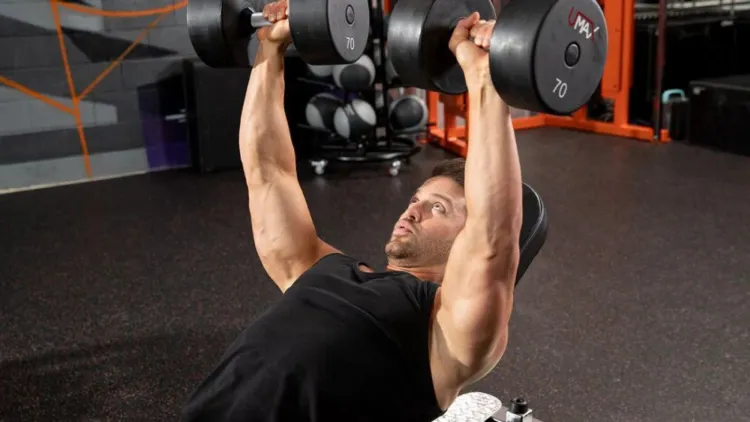
Why Your World Wonders May Not Grow.
In case your body has ceased to grow your chest, you must consider the following factors:
- Inadequate Volume or Intensity: incrementally add weights or reps.
- Poor Form: By giving excess attention to triceps or shoulders, the activity of the chest is diminished.
- Deficiency of Nutrition: Your muscles are not going to increase without sufficient calories and protein.
- Overtraining: The development of muscles happens during rest and not during exercise. Some of the signs that are exhibited by overtraining are long-term soreness, fatigue, and reduced lifts.
- A change in these variables can bring back progress.
Frequency of Training: How Often to Do the Best Chest Workout?
- Once a Week: Good enough when you are a beginner or work a full body split.
- Twice/week: When volume is adequate, it is often the best choice in hypertrophy.
- Three Times per Week: This is only given when there is great caution of the program and the lifters are advanced.
- Daily Chest Training: Do not take up yet, at least 48 hours break a day so that your muscles can restore a canoe-like condition.
The majority of individuals have proven to achieve the best outcomes when getting 1-2 chest classes per week.
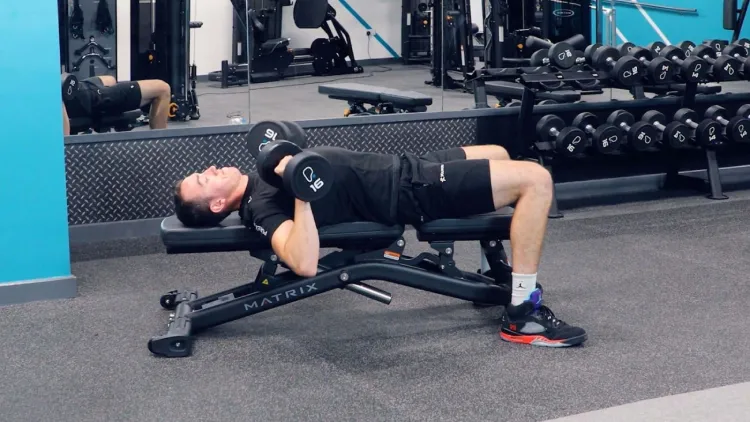
Extra Tips for a Bigger Chest
- Chest Pump: THIS is attained by more vigorous movements of the neck (flys, push-ups) towards the finish of your exercise.
- Abs and Core Training: It is irrelevant to the development of the chest, but a strong core makes your lifts successful. Frequently, you can train abs and at the same time not forget recovery.
- Flattening Triceps Too: Using exercises such as skull crushers, JM press and extending the EZ-bar helps in strengthening triceps, thereby indirectly enhancing your pressing strength and chest building.
- Growth and Age: People might be able to build more muscle more quickly when they are younger; however, with some training and nutrition with appropriate food, anyone, regardless of age, can build their chest.
- Patience: The Chest is not the most challenging muscle to develop, being a muscle that is frequently neglected by programmes or techniques. Consistency fixes this.
Putting It All Together: The Best Chest Workout You Can Have
The best chest workout is the one that can be adhered to. As a beginner, learn to successfully do push-ups, bench presses, and flies of moderate volume. The use of incline press, dips, and progressive overload should be incorporated for high-level lifters. All these combined with enough protein, off days, and increase the training stress gradually.
You do not need to take the easy way out or do 100 crunches every day (that will never make you have abs either). It is on intelligent programming, tolerance and perseverance. With time, you will have an aesthetically pleasing chest which will be powerful and functional.
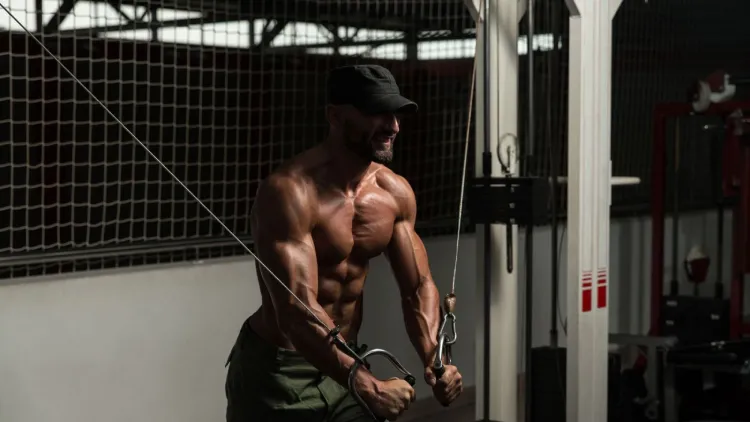
The Bottom Line
The best chest workout is a combination of heavy fatigue-lifting exercises, fixed isolation, and exercises using body weight. Exercise 1-2 days a week, overwork your muscles gradually, have a high-protein diet and have enough sleep. Train without overtraining, get the form right and learn to be a patient person. With these principles, you will create a bigger, stronger, and firmer chest and enjoy the fruits of a better posture, stability, and strong confidence.
Frequently Asked Questions
1: What should be the frequency of training the chest?
The optimal outcome of the best chest exercise occurs when individuals work on the chest 1 to 2 times a week. One time a week is good at the beginning, and two times a week is good with more experienced lifters. Training beyond this period may result in excessive training.
2: Is it possible to develop the chest by using bodyweight exercises exclusively?
Yes. Bodyweight activities such as push-ups, dips, and other activities will build the chest, provided there are some additions such as increasing reps, raising feet, or using resistance bands. Protein is another food that you should eat to demonstrate better results.
3: Why isn’t my chest growing?
Unless you are increasing the weight that you are lifting, with the correct form, eating, and rest, your chest will not grow. Emphasise progressive overload, good technique and recovery to achieve gradual growth.
4: What are the most effective exercises for a full chest workout?
Enterprise heavyweight lifts like dumbbell bench press, dips, with isolation exercises such as dumbbell or cable flyes. Work the entire chest of the body using flat, incline and decline of each angle.



